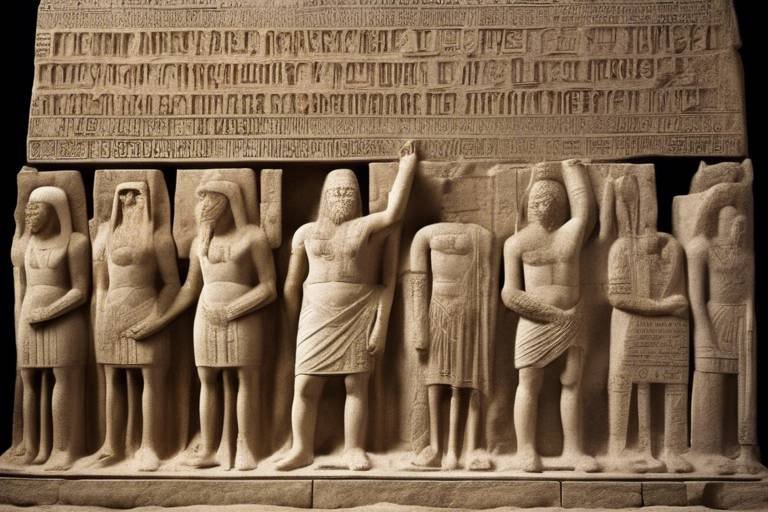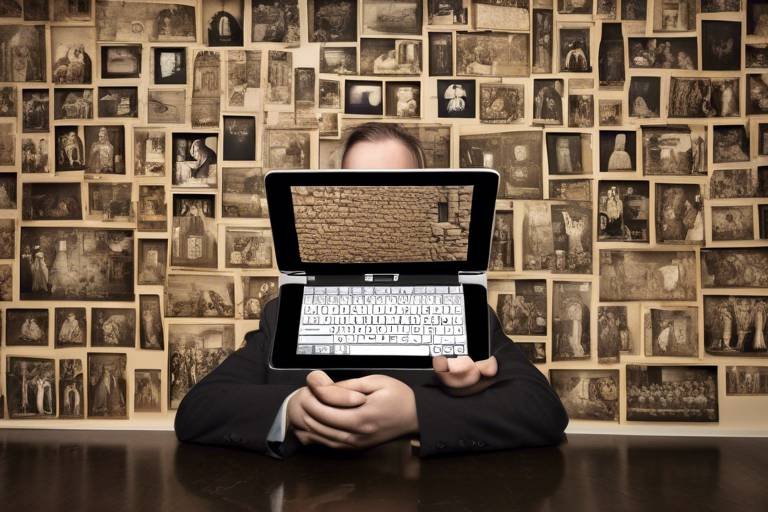The Role of Museums in Education and Heritage Awareness
Museums play a crucial role in education and heritage awareness by serving as repositories of knowledge and cultural artifacts. These institutions go beyond mere displays of historical items; they are dynamic spaces that engage visitors in interactive learning experiences and promote a deeper understanding of our shared past.
By preserving cultural artifacts from around the world, museums provide a window into the diverse cultures and traditions that make up our global community. Through carefully curated exhibitions, they offer a glimpse into the past, allowing us to learn from history and appreciate the richness of human heritage.
One of the key strengths of museums is their ability to offer interactive learning experiences that cater to visitors of all ages. From hands-on exhibits to educational programs, these institutions create opportunities for individuals to explore, question, and discover in a way that traditional classrooms cannot replicate.
Moreover, museums serve as educational resources that promote historical knowledge and critical thinking. By presenting historical facts in engaging ways, they encourage visitors to think beyond the surface and consider the complexities of the past, fostering a deeper appreciation for the events that have shaped our present.
Through community outreach initiatives, museums extend their educational mission beyond their physical walls. By partnering with local schools, hosting workshops, and organizing events, they actively involve the community in heritage preservation efforts, fostering a sense of shared responsibility for our cultural legacy.
Technology plays an increasingly important role in museums, with institutions embracing technology integration to enhance visitor experiences. From virtual reality exhibits to interactive displays, these innovations not only attract a younger audience but also provide new avenues for learning and engagement.
In addition to cultural artifacts, museums also play a vital role in the preservation of natural history. By safeguarding specimens and ecosystems, they contribute to environmental conservation efforts and raise awareness about the importance of biodiversity and ecological sustainability.
Collaboration with schools and universities is another key aspect of museums' educational mission. By partnering with educational institutions, museums help develop curriculum-based programs, provide resources for teachers, and offer students a unique opportunity to learn outside the classroom.
Ultimately, museums have a profound impact on cultural identity by preserving and promoting heritage artifacts and traditions. By safeguarding our collective memory, they ensure that future generations have access to the cultural riches that define who we are and where we come from.
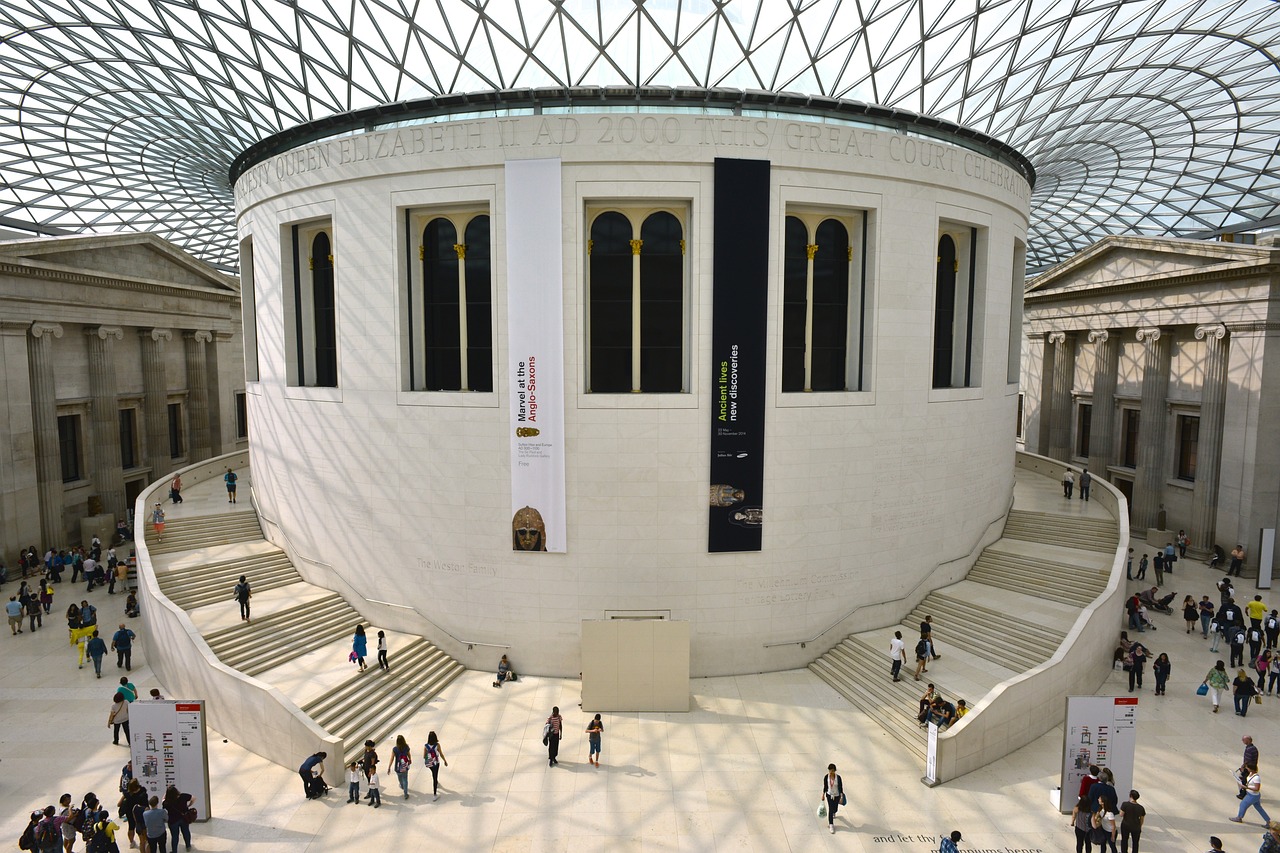
Preservation of Cultural Artifacts
Exploring how museums contribute to education and raise awareness about heritage preservation through exhibitions, programs, and community engagement.
The preservation of cultural artifacts is a fundamental aspect of museums, serving as guardians of our collective history and heritage. Museums play a crucial role in safeguarding and showcasing historical artifacts, ranging from ancient relics to modern artworks, to educate the public on diverse cultures and traditions. By carefully curating and preserving these artifacts, museums provide a window into the past, allowing visitors to connect with the rich tapestry of human civilization.
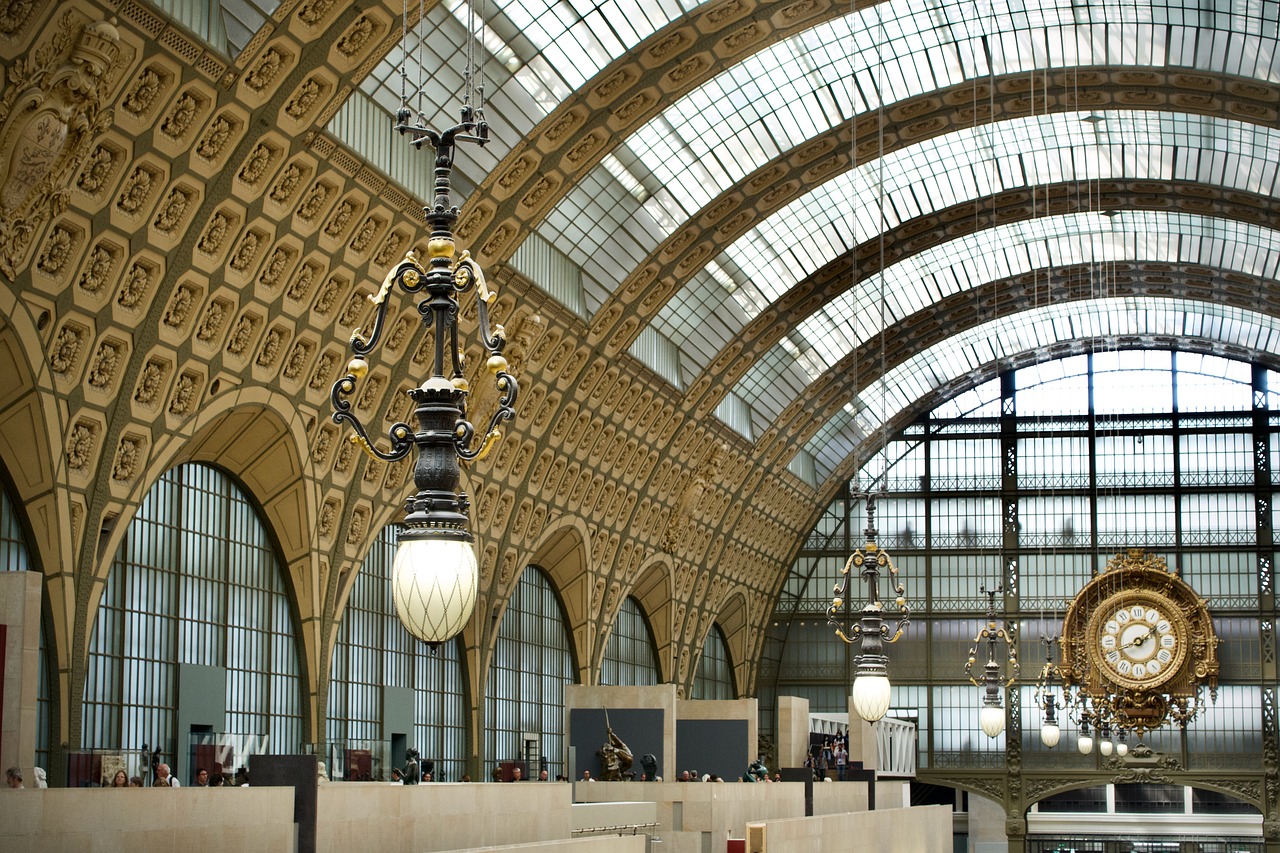
Interactive Learning Experiences
Exploring how museums contribute to education and raise awareness about heritage preservation through exhibitions, programs, and community engagement.
When it comes to museums, it's not just about staring at artifacts behind glass. Museums today offer interactive learning experiences that truly bring history to life. Imagine stepping into a virtual reality simulation of ancient civilizations or participating in a hands-on workshop where you can touch and feel historical artifacts. These interactive exhibits and educational programs cater to visitors of all ages, making learning a fun and engaging experience.

Promotion of Historical Knowledge
Exploring how museums contribute to education and raise awareness about heritage preservation through exhibitions, programs, and community engagement.
Highlighting the significance of museums in safeguarding and showcasing historical artifacts to educate the public on diverse cultures and traditions.
Discussing how museums provide interactive exhibits and educational programs to engage visitors of all ages in hands-on learning experiences.
Examining how museums serve as educational resources by promoting historical knowledge and encouraging critical thinking about the past.
Museums play a crucial role in promoting historical knowledge by curating exhibitions that delve into various aspects of history. Through carefully crafted displays and educational programs, museums bring history to life, allowing visitors to immerse themselves in different time periods and events. By showcasing artifacts, documents, and artworks, museums provide a tangible connection to the past, fostering a deeper understanding of historical events and their significance. Visitors are encouraged to critically analyze and interpret historical information, stimulating their curiosity and expanding their knowledge base.
Moreover, museums often collaborate with historians, researchers, and educators to ensure the accuracy and depth of the historical content presented. By incorporating a diverse range of perspectives and interpretations, museums offer a comprehensive view of history, challenging visitors to think critically and form their own opinions. Through engaging exhibitions and informative programs, museums actively promote historical knowledge, sparking curiosity and encouraging lifelong learning.
Exploring the role of museums in reaching out to local communities through educational workshops, events, and partnerships to enhance heritage awareness.
Analyzing how museums incorporate technology such as virtual reality and interactive displays to enhance visitor engagement and educational experiences.
Discussing the importance of museums in preserving natural history specimens and ecosystems to educate the public about environmental conservation and biodiversity.
Exploring how museums collaborate with educational institutions to develop curriculum-based programs and provide resources for teachers and students.
Examining how museums play a vital role in shaping cultural identity by preserving and promoting heritage artifacts and traditions for future generations.
Stay tuned for the Frequently Asked Questions section, coming soon!
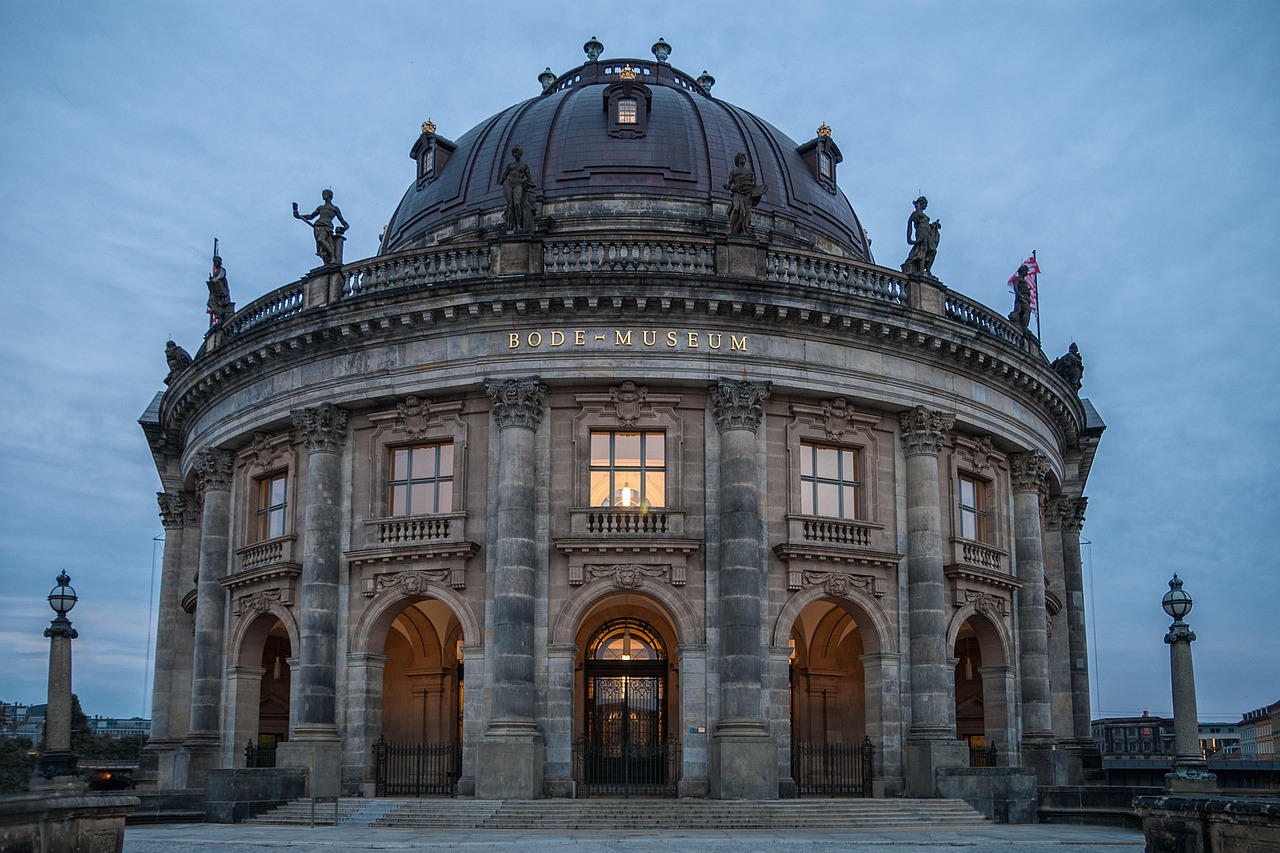
Community Outreach Initiatives
Museums play a pivotal role in fostering community engagement through a variety of outreach initiatives. By organizing educational workshops, cultural events, and collaborative partnerships, museums aim to enhance heritage awareness and promote learning beyond their physical walls. These initiatives serve as bridges connecting the museum with the local community, encouraging participation and dialogue about shared heritage.
One effective strategy museums employ is to host family-friendly events that cater to diverse audiences. These events not only attract visitors of all ages but also create a welcoming environment for individuals to learn and interact with historical artifacts and exhibitions. Through interactive activities and guided tours, museums strive to make heritage education accessible and enjoyable for everyone.
Moreover, museums often collaborate with local schools and community organizations to design tailored programs that align with educational curricula and community needs. By offering resources for teachers, students, and lifelong learners, museums extend their educational impact beyond their physical spaces, reaching individuals who may not have the opportunity to visit in person.
Community outreach initiatives also serve as platforms for dialogue and exchange of ideas, fostering a sense of belonging and shared heritage among residents. By engaging with diverse communities, museums contribute to social cohesion and mutual understanding, promoting respect for cultural differences and heritage preservation.
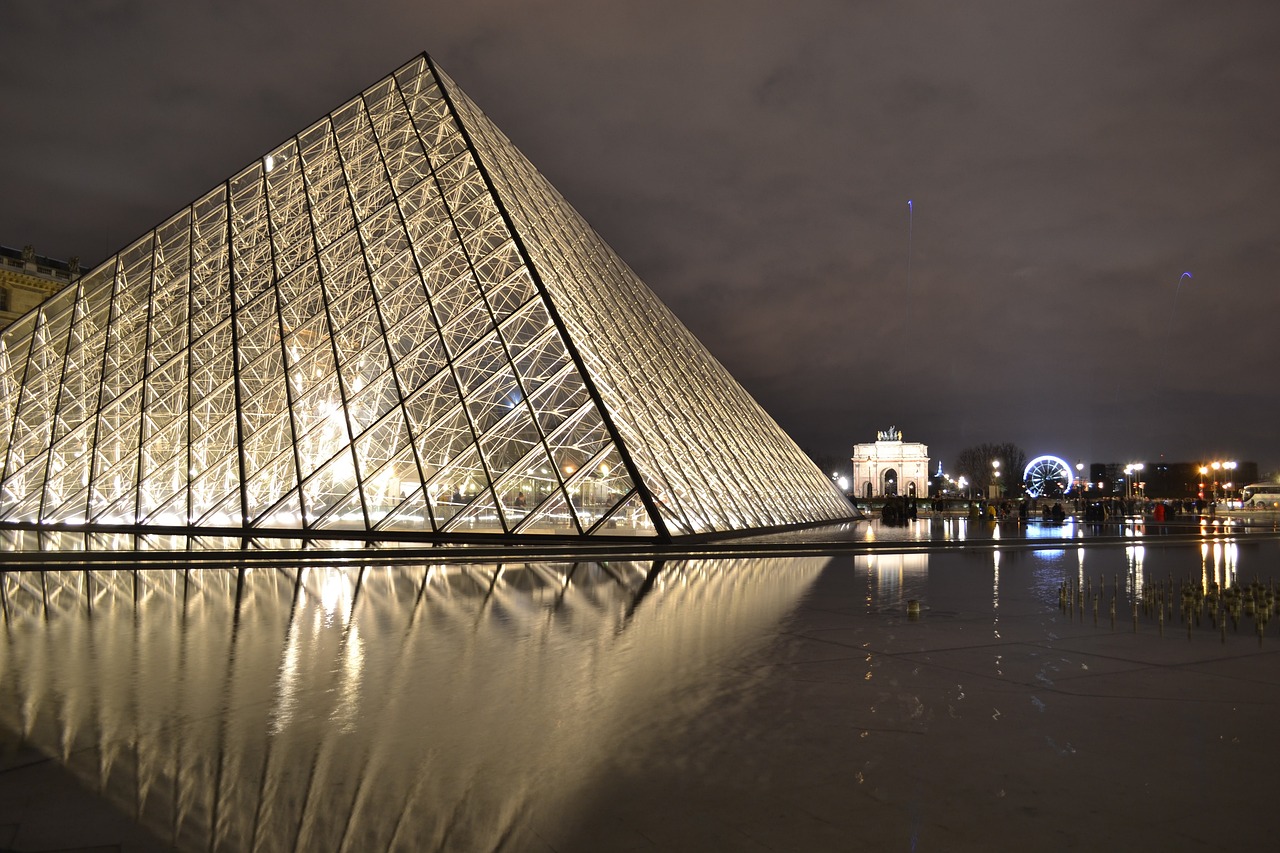
Technology Integration in Exhibits
Technology integration in museum exhibits has revolutionized the way visitors engage with historical and cultural artifacts. By incorporating cutting-edge technologies like virtual reality, augmented reality, and interactive displays, museums are able to offer immersive and educational experiences that captivate audiences of all ages.
Imagine stepping back in time to ancient civilizations through a virtual reality tour or interacting with a digital recreation of a famous painting to learn about its historical significance. These technological advancements not only make learning fun and interactive but also allow visitors to gain a deeper understanding of the context and stories behind each exhibit.
Moreover, interactive displays in museums enable hands-on learning experiences, where visitors can touch, manipulate, and explore artifacts in ways that traditional exhibits cannot offer. Through touchscreens, multimedia presentations, and interactive games, visitors are actively involved in the learning process, making the educational experience more memorable and impactful.
Technology also plays a crucial role in preserving fragile artifacts by digitizing them for virtual display. This not only ensures the long-term conservation of valuable cultural heritage but also makes these artifacts accessible to a global audience, transcending physical barriers and reaching a wider community of learners.
Furthermore, technology integration in exhibits allows museums to stay relevant and attract a tech-savvy audience who seeks engaging and dynamic experiences. By staying at the forefront of innovation, museums can inspire curiosity, spark creativity, and foster a love for learning among visitors, ensuring that heritage preservation remains a vibrant and evolving endeavor.
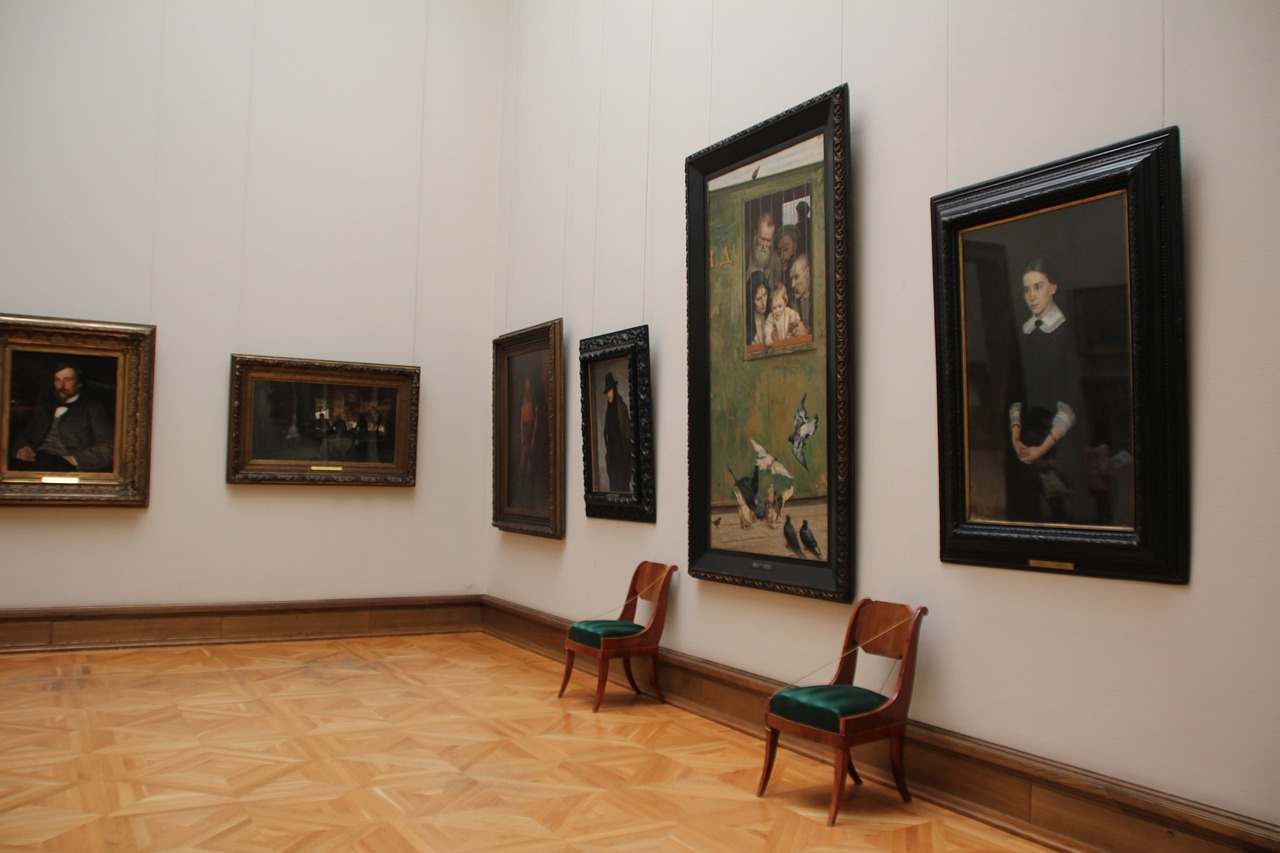
Preservation of Natural History
Exploring how museums contribute to education and raise awareness about heritage preservation through exhibitions, programs, and community engagement.
The preservation of natural history within museums serves as a crucial aspect of educating the public about the wonders of the natural world. Museums play a vital role in safeguarding and showcasing various natural history specimens, from fossils to taxidermy animals, to educate visitors about environmental conservation and biodiversity.
Through meticulously curated exhibits, museums create immersive experiences that allow visitors to explore ecosystems and extinct species, fostering a deeper appreciation for the interconnectedness of all living organisms. By preserving and displaying natural history artifacts, museums help to raise awareness about the fragility of our planet and the importance of preserving our natural heritage for future generations.
Furthermore, museums often collaborate with scientists and researchers to ensure the accuracy and educational value of their natural history collections. By providing access to these resources, museums contribute to ongoing scientific discovery and public understanding of the natural world.
Visitors of all ages can engage with interactive displays, dioramas, and educational programs that bring the wonders of natural history to life. These hands-on experiences not only educate but also inspire curiosity and a sense of wonder about the diversity of life on Earth.
In conclusion, the preservation of natural history in museums plays a vital role in promoting environmental awareness, biodiversity conservation, and a deeper understanding of our planet's rich natural heritage.

Collaboration with Schools and Universities
Exploring how museums contribute to education and raise awareness about heritage preservation through exhibitions, programs, and community engagement.
Collaboration between museums and educational institutions, such as schools and universities, plays a crucial role in enriching the learning experience for students of all ages. By working together, museums can offer unique opportunities for hands-on learning that go beyond the traditional classroom setting.
Through collaborative efforts, museums can develop curriculum-based programs that align with educational standards, providing teachers with valuable resources to enhance their lessons. Students benefit from interactive experiences that bring history, science, and art to life in a tangible way, fostering a deeper understanding and appreciation for the subjects being studied.
Furthermore, partnerships between museums and academic institutions allow for the exchange of knowledge and expertise. Researchers and students can access museum collections for study and exploration, contributing to the advancement of academic research and the preservation of cultural heritage.
By engaging with schools and universities, museums not only support learning objectives but also inspire future generations to become stewards of history and culture. These collaborations create a dynamic educational ecosystem where knowledge is shared, curiosity is sparked, and connections are made between the past and the present.
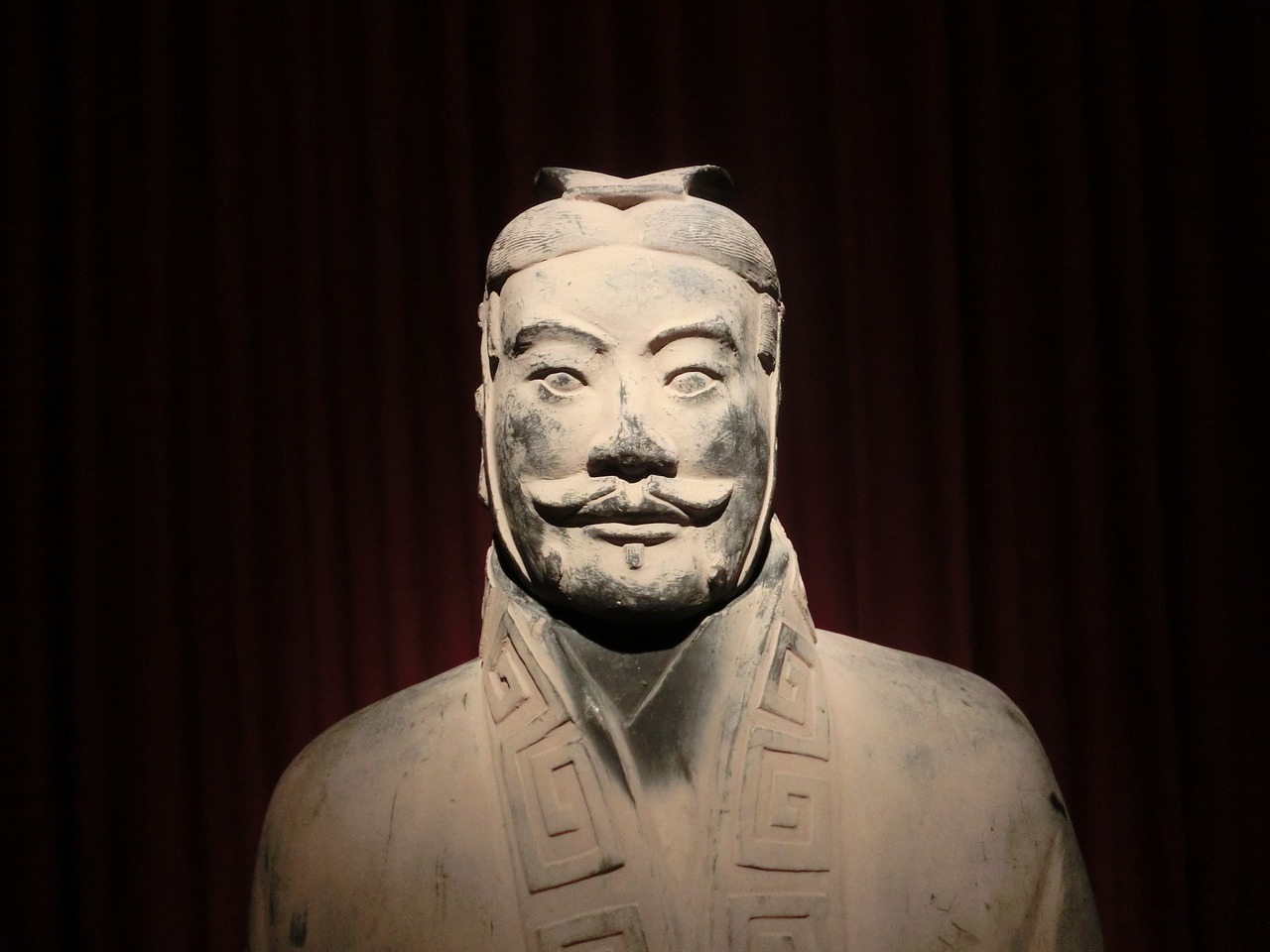
Impact on Cultural Identity
Exploring how museums contribute to education and raise awareness about heritage preservation through exhibitions, programs, and community engagement.
When we delve into the impact of museums on cultural identity, we uncover a profound connection between the past, present, and future. Museums serve as guardians of our cultural heritage, preserving artifacts and traditions that define who we are as a society. By showcasing these treasures, museums not only educate visitors about their roots but also instill a sense of pride and belonging. Just like a time capsule, museums encapsulate the essence of a community, allowing future generations to connect with their history and identity.
Frequently Asked Questions
- What kind of educational programs do museums offer?
Museums offer a wide range of educational programs catering to different age groups and interests. These programs can include guided tours, workshops, lectures, hands-on activities, and interactive exhibits designed to engage visitors and enhance their learning experience.
- How do museums contribute to preserving cultural heritage?
Museums play a crucial role in preserving cultural heritage by safeguarding and showcasing historical artifacts, artworks, and documents. Through exhibitions and collections, museums help educate the public about diverse cultures and traditions, ensuring that these valuable aspects of our heritage are not lost or forgotten.
- Are museums accessible to all members of the community?
Many museums strive to be inclusive and accessible to all members of the community. They often offer discounted or free admission days, special programs for individuals with disabilities, multilingual exhibits, and outreach initiatives to engage diverse audiences and ensure that everyone can benefit from the educational resources museums provide.
- How do museums collaborate with schools and universities?
Museums frequently collaborate with schools and universities to enhance educational opportunities for students. This collaboration can involve developing curriculum-based programs, providing resources for teachers, offering internship opportunities for students, and organizing joint events that integrate classroom learning with hands-on museum experiences.
- What role does technology play in museum exhibits?
Technology plays an increasingly important role in museum exhibits, with many institutions incorporating interactive displays, virtual reality experiences, and digital resources to enhance visitor engagement and learning. These technological innovations help bring history and culture to life in new and exciting ways, making museum visits more immersive and educational.










